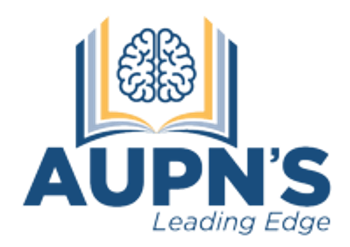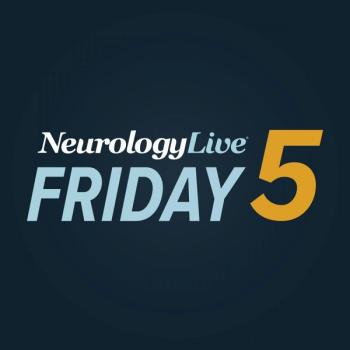
News











Data from the CENTAUR trial showed that the monthly rate of decline measured by ALSFR-S was 0.42 points slower for patients treated with the combination agent AMX0035.

The chief medical officer at Cure SMA detailed the importance of having various treatment options for patients, particularly for adults with SMA.

The findings support the integration of sleep assessments into routine developmental screenings in school and primary care settings.

The FDA-approved epilepsy monotherapy showed significant reductions in primary generalized tonic-clonic seizures of ≥50% and ≥75% from baseline.

A low glycemic index therapy diet is associated with the least number of and least severe adverse events among all 3 epileptic diet methods, with similar reductions in seizure burden.

The FDA-approved agent showed significant impact in decreasing standard deviation of lateral position, a measure used to assess driving performance.

Pooled data from 2 clinical trials of the H3-receptor antagonist/inverse agonist show it improved cataplexy and excessive daytime sleepiness in patients with narcolepsy who were most hampered by symptoms.

The director of the Lou Ruvo Center for Brain Health and neurologist at Cleveland Clinic detailed the state of Alzheimer disease and what research particularly grabbed his attention at AAIC 2020.

AUPN Leading Edge Episode 2 features Clifton Gooch, MD, and Charles Lockwood, MD, who explore making the leap from chair to dean. [LISTEN TIME: 25 minutes]

Already FDA approved for the treatment of insomnia in adults, lemborexant’s ability to improve sleep outcomes in the elderly was highlighted in a study presented at SLEEP 2020.

The chief medical officer at Cure SMA offers insight on the current SMA therapeutic landscape and what the organization is focused on going forward.

In part 2 of this interview, Marwan Sabbagh, MD, provides insight on what he feels is the most promising field of research in Alzheimer disease right now.

After wearing the noninvasive device, 62% of TETRAS-rated patients and 68% of BF-ADL-rated patients whose tremors were rated as "severe" or "moderate" improved to "mild" or "slight" scores.

Managing narcolepsy via behavioral strategies to improve excessive daytime sleepiness may be challenging but has shown some added efficacy when combined with pharmacological treatment for EDS.

The chief research officer and epilepsy specialist at Cleveland Clinic detailed how recent study findings might impact the patient perspective on epilepsy surgery.

New biomarkers of disease activity may help better vet investigational therapies aimed at slowing the insidious neurodegeneration seen in primary progressive multiple sclerosis.

Neurology News Network for the week ending August 29, 2020.

Take 5 minutes to catch up on NeurologyLive's highlights from the week ending August 28, 2020.

With a positive track record in ALS, the investigational agent now sets its sights on the Alzheimer disease pipeline.











